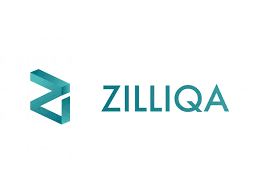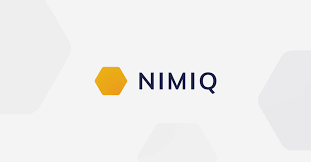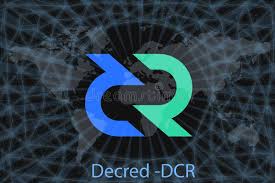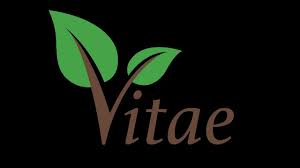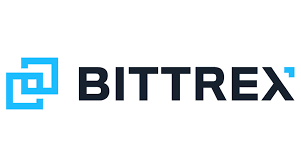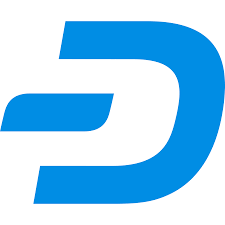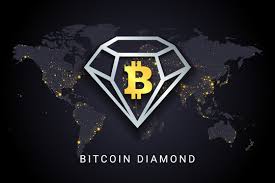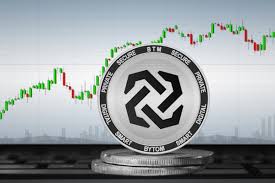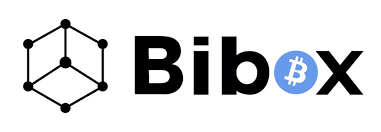Obviously, in 2021, projects from the decentralized finance (DeFi) space became very popular. According to the latest information, assets totaling $ 40 billion are locked in DeFi protocols. It is 3 times more than in 2020. In this article, we take a look at the young and fast-growing Mdex cryptocurrency exchange, which allows crypto market participants to trade assets in a decentralized environment.
What is Mdex?
Mdex is a DeFi token trading protocol and automated market maker deployed on two Huobi and Ethereum blockchains. Mdex offers liquidity mining, traditional trading, and staking. The choice of the Huobi blockchain was not made in vain since the commissions are at the level of a few cents, unlike Ethereum. In simple words, MDEX is an analog of the well-known Uniswap and Sushiswap. Trading commissions go not to pool liquidity providers but to Mdex developers.
However, Mdex is the only decentralized cryptocurrency exchange that implements cashback. For example, you buy $ 1000 worth of HT tokens and pay 0.3% of the transaction fee, which is $ 3. On Mdex, you will get 1 MDX to your wallet, which now costs almost $ 10.

Features of the Mdex cryptocurrency exchange
The Mdex cryptocurrency exchange has the following features:
- Lower transaction fees: Huobi Eco-Chain has lower block production costs, compared to the agreed Ethereum EthAsh algorithm;
- Higher transaction efficiency: Compared to TPS Ethereum, there is an improvement of 2-3 orders of magnitude. Users don’t need to worry about frequent Ethereum congestion issues;
- Mdex works in the same way as Uniswap, you can exchange any pair of assets across pools using its automated market-making system with a 0.3% commission. And it is also somewhat similar to Sushiswap, providing a reward in the form of an MDX platform token to attract investors and traders.
Mdex token
Mdex cryptocurrency exchange has a token of the same name used for collateral for loans or the main lending instrument. MDEX tokens can be used for staking, profitable farming, or just paying for trading commissions on the exchange. Large MDEX holders can cope with the project ecosystem and submit ideas.
The total issue of MDX is 1 billion coins, of which 10% are sent to developers, 7% – to early investors of investors, and 3% – to promote the exchange on the cryptocurrency market. The remaining 80% will go to liquidity miners.
MDEX is one of the largest assets on the market with a capitalization of $ 300 million. Therefore, there should be no problems with mining. MDEX can be purchased on centralized exchanges such as Gate, Huobi, or directly on the Mdex platform.
The main news of the Mdex cryptocurrency exchange
According to official data from Huobi Global, the leading ecosystem project Heco MDEX (MDX) rose in the short term, briefly breaking the $ 10 mark.
Since the Heco main net was launched (the Heco public network has been operating for several months), the MDEX (MDX) decentralized exchange data has consistently shown positive dynamics, and the token has taken a leading position among other networks assets.
Since Huobi launched on January 26, the price per MDX has exceeded $ 10.23. Thus, the coin showed an increase of over 2000% from the initial price of 0.5 USD. Now the token price has adjusted, and now MDX is quoted at $ 9.45.
According to the official website MDEX.COM, as of March 10, Mdex had been online for 51 days, with a cumulative transaction volume exceeding $ 100 billion. While UniSwap took 840 days to reach this figure.
On April 8, 2021, Mdex launched staking, transactional mining, and liquidity mining on Binance Smart Chain BSC. Mdex is positioned by developers as a composite DeFi ecosystem that brings together DEX, IMO, and DAO.
According to the official announcement of the decentralized platform MDEX, it officially rolled out smart contracts on the Binance Smart Chain (BSC) at 8:00 pm on April 8th, while simultaneously opening single currency staking mining, transaction mining, and liquidity mining rewards, and opening MDX in the Huobi ecosystem.
A detailed list of pairs involved in mining is as follows:
- List of pairs for mining liquidity: BTCB / USDT, ETH / USDT, ETH / BTCB, WBNB / USDT, BUSD / USDT, FIL / USDT, XRP / USDT, LTC / USDT, ADA / USDT, DAI / USDT, DOT / BUSD, MDX / USDT, MDX / HMDX;
- List of collateralized mining in one currency: WBNB, BUSD, BTCB, ETH, USDT, SXP, DOT, BETH, USDC, ADA, LINK, LTC, XRP, FIL, UNI, SUSHI, BCH, EOS, CAKE, AUTO, XVS, BELT, EPS, ALPACA, DEGO, HMDX;
- Mining transactions list: BTCB / USDT, ETH / USDT, ETH / BTCB, WBNB / USDT, BUSD / USDT, USDC / USDT, DAI / USDT, ADA / USDT, DOT / USDT;
- Cross-chain asset transfer feature: Since April 8, MDX interconnection on Heco and BSC is supported simultaneously, and cross-chain for other currencies is gradually opening up as needed. Also, FEI and TRIBE interworking between Ethereum and HECO is currently supported.
Conclusion
The main goal of Mdex is to allow ordinary market participants to join liquidity pools to generate passive income, which will stimulate liquidity on the exchange.
